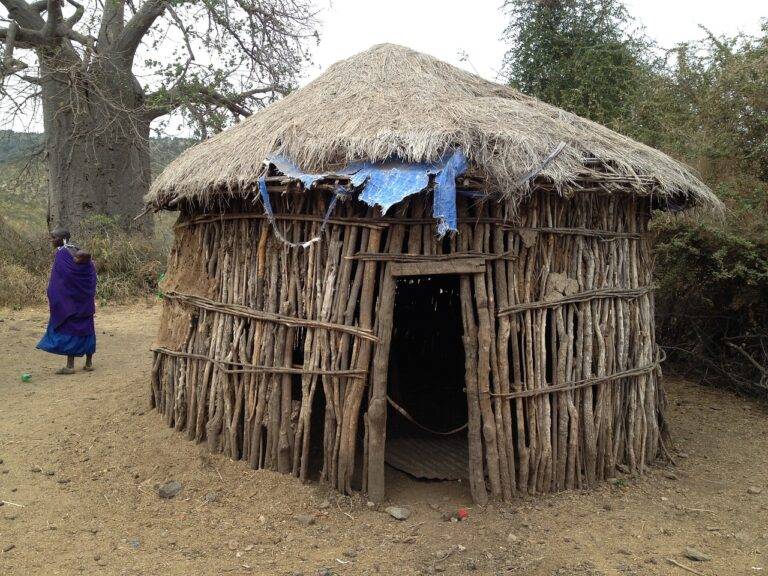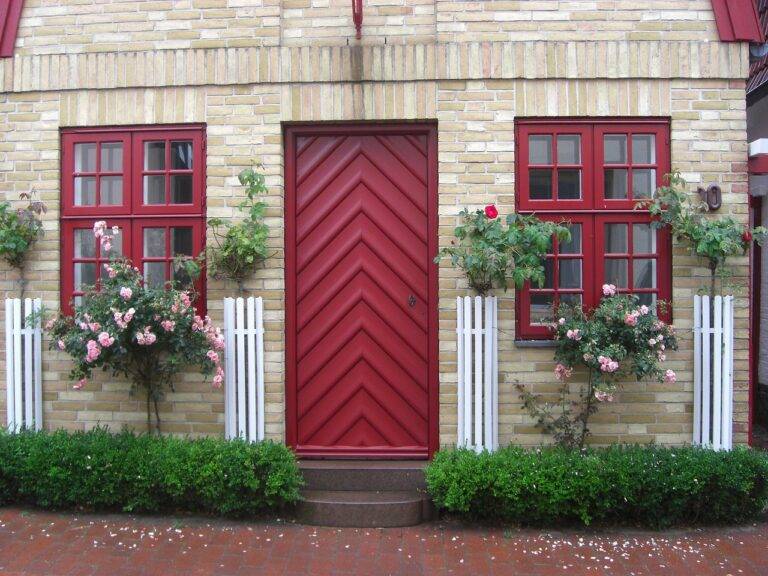Upgrading Your Home’s Insulation for Energy Efficiency
Proper insulation plays a crucial role in maintaining energy efficiency within a home. Without sufficient insulation, heat can easily escape during the winter months, leading to increased energy consumption as the heating system works harder to maintain a comfortable temperature. Similarly, in the summer, inadequate insulation can result in cool air seeping out and warm air entering the home, causing the air conditioning to run more frequently and consume more energy.
By ensuring that your home is properly insulated, you can create a barrier that helps regulate the indoor temperature, reducing the strain on your heating and cooling systems. This not only leads to lower energy bills but also contributes to a more sustainable lifestyle by minimizing energy waste. Additionally, proper insulation can also improve the overall comfort of your home, as it helps to maintain a consistent temperature throughout the living spaces.
Types of Insulation Materials for Homes
Insulation materials play a crucial role in maintaining the energy efficiency of a home. One common type of insulation material is fiberglass, which is known for its affordability and effectiveness in reducing heat transfer. Another popular option is cellulose insulation made from recycled paper products, offering both eco-friendly and cost-effective benefits.
Foam board insulation is a versatile choice that provides excellent thermal resistance and moisture control. Mineral wool insulation, derived from natural minerals like basalt or diabase, is fire-resistant and offers great soundproofing properties. Spray foam insulation is another widely used option, known for its ability to seal gaps and cracks effectively, providing superior insulation for homes.
Signs Your Home Needs Better Insulation
Uneven room temperatures can indicate insufficient insulation in your home. If you notice drastic differences in the temperature between rooms or difficulty maintaining a consistent temperature throughout the house, it could be a sign that your insulation needs attention. Drafts or cold spots near windows, doors, or walls are also indications that your home may benefit from better insulation.
Higher than usual energy bills could be a result of poor insulation in your home. If your heating and cooling systems are working harder than they should to regulate the temperature indoors, it could lead to increased energy consumption and higher utility costs. Keep an eye on your energy bills and if you notice a significant and unexplained spike, it might be time to assess the insulation in your home.





